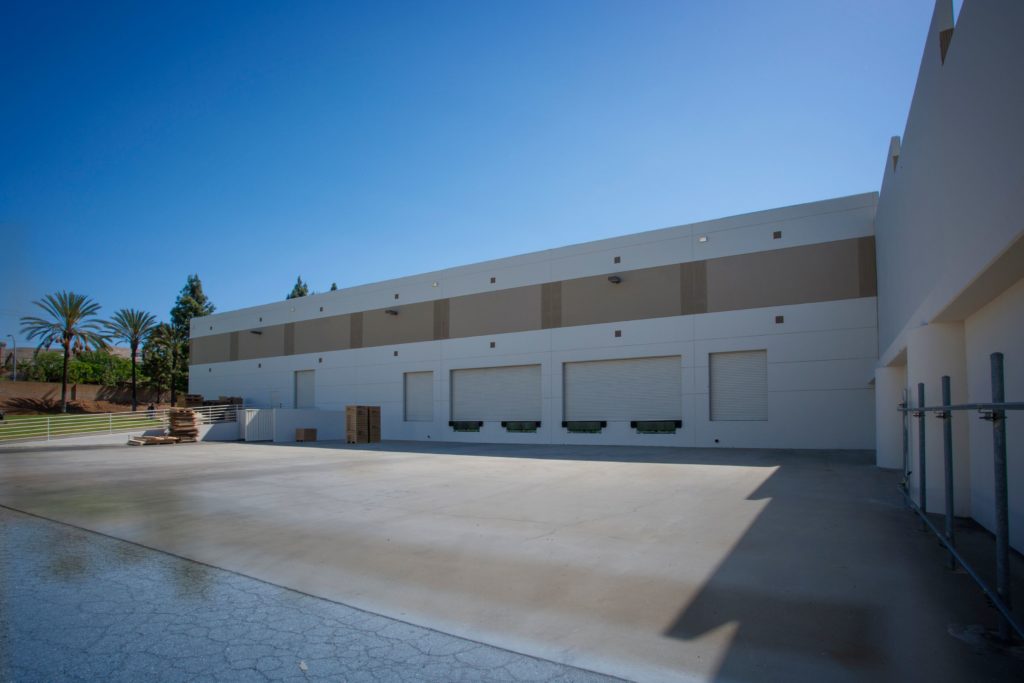New thoughts on inflation, rising interest rates, and where we currently sit between opportunity and risk.
Picture yourself driving on the freeway running at 5 over the limit with traffic flowing free and easy. You’re relaxed with time to think about anything that comes to mind: a solution to a problem with your business, a possible destination for your next vacation or just a grocery list for your trip to the market on your way home. Your foot is on the gas and you’re making good time.
Then, up ahead you see a few brake lights in the distance. You take note, but don’t change your speed. Then you see more brake lights and they get your attention. You lift your foot off the gas and cover the brake pedal while you assess the situation. The car slows down a little, but your momentum still has you near the speed limit. Not until the road is lit up with brake lights do you apply the brakes to further assess the potential jam that lies ahead. It could be as simple as a plastic bucket in another lane that slows progress for just a moment or two, or it could be a wreck that stops traffic altogether. Until you can see it with your own eyes, caution is the best option.

This analogy sums up what we are hearing from an increasing number of owner/users, investors and tenants in the industrial property sector here in Orange County. After sailing along at high speeds for years, even with the pandemic interruption, all three groups are now more aware of hazards ahead that come in the form of high inflation, a slowing economy and rising interest rates, which are the equivalent of those brake lights that get your attention.
Currently, the market is still moving in the same direction it has been for years. It seems like every escrow that closes sets a new record, cap rates are still ridiculously low and lease rates keep moving up. Yet, anecdotally, we have seen lease and sale demand begin to wane, especially from buyers who need high levels of leverage to transact. Some see higher mortgage rates coupled with record-high pricing as reason enough to tap the brakes, pull into the right lane and take the next exit. Even those who proceed with acquisitions seem to be doing so with more caution.
Likewise, we are starting to see developers get second thoughts about pursuing land sites that will take years to entitle and build, as uncertainty over the long-term health of the economy grows. To make their projects pencil at today’s land prices, they have to project strong ongoing rent growth, which would be difficult to maintain if high inflation and rising interest rates hurt the profitability and financial health of prospective tenants.

Inflation at this level could take years to purge from the economy and the Fed may have to raise rates substantially higher to bring it under control. Those who were around in the early 1980’s will tell you just how difficult things can get when the Fed declares war on inflation. Mortgage rates for industrial property hit 17% in 1982. That makes today’s rates in the low-5% range look like a bargain, but a year ago, we were under 3%, a fact that has not gone unnoticed by leverage buyers.
Like many of you, we see the same brake lights up ahead, but we are not close enough to them to know how big the problem is. We need more information. So, we are covering the brake and proceeding with caution instead. For the industrial real estate market, that could mean fewer transactions going forward, as some business owners lack the confidence to make long-term commitments. Less demand means less competition for space and that would, at minimum, slow the rate of rent and sales price growth. And, those current property owners who see the end of this upcycle may become sellers just as demand recedes. That juxtaposition is what market corrections are made of.

Does that mean, a real estate recession is imminent? Not at all. At this point, we can’t see far enough ahead to know that we will have to hit the brakes hard enough for that to occur. But, the possibility is real and it should be taken into account before making a decision to buy, sell or lease industrial real estate. As we have said many times; everyone’s situation is different. If you have a growing business that needs a new home and you want to control your long-term occupancy cost, this may still be the time to buy. If you are nearing retirement and don’t have the time to ride out another real estate cycle, taking your windfall profit off the table via a sale may be the best thing for you. The same may be true if you want to reduce risk, retire debt and redeploy your equity to produce steady income for retirement in a more liquid asset class.
If you are concerned enough about what is ahead to be covering the brake, this is the time to study all your options and lay out alternate routes to your destination in case it’s not just a bucket in the fast lane.


Leave a Reply
You must be logged in to post a comment.